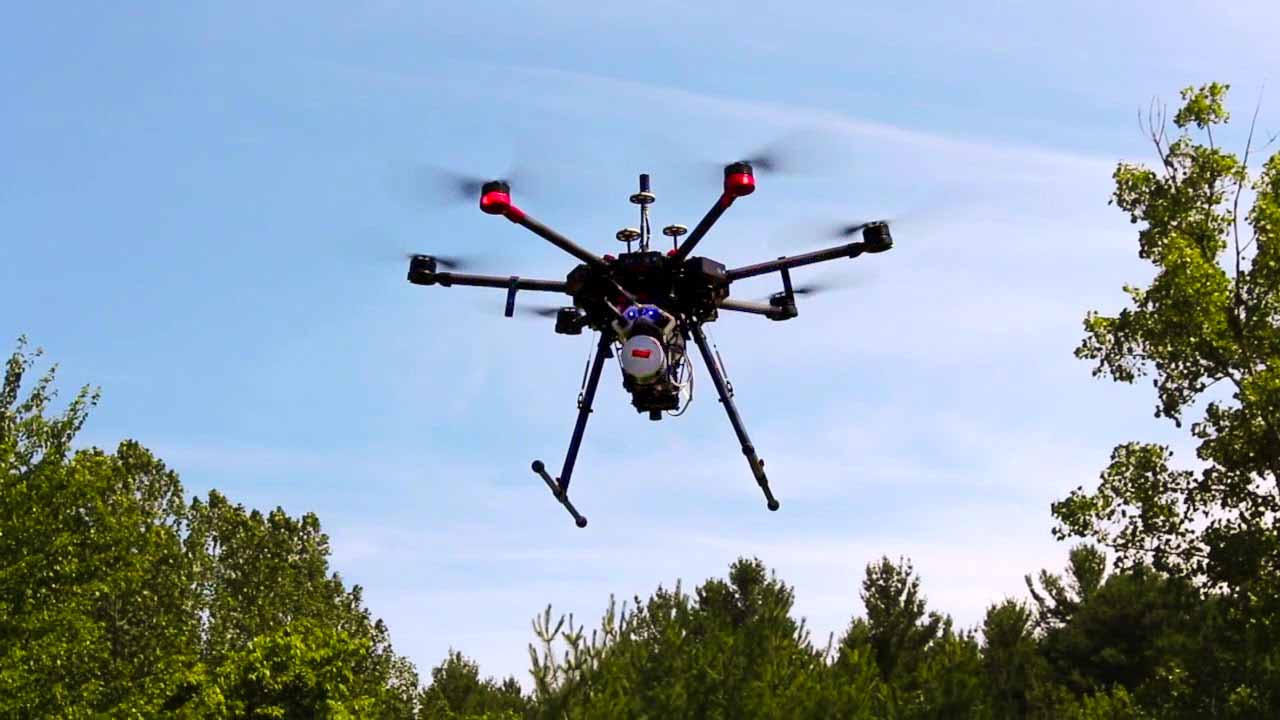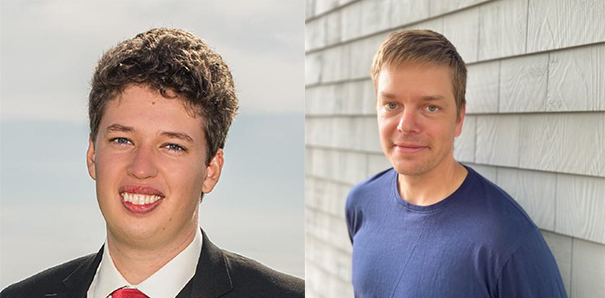
An INSPIRES Collaboration: Peter Nelson & Kenneth Bundy
By Stefania Irene Marthakis
Peter Nelson, Forest Ecology Director at Schoodic Institute, has been facilitating a conversation about data analytics and machine learning as it applies to a variety of applications as part of the NSF EPSCoR RII Track-2 INSPIRES project—which serves as a framework for cross-disciplinary and cross-agency dialogue within forestry research.
During Nelson’s time as a tenured professor at the University of Maine at Fort Kent, he had built a set of instruments and code as well as the capacity to use “cameras that see hundreds of colors” (i.e., image spectrometers or hyperspectral cameras). The goal of this research was to use advanced remote sensing for things that are economically beneficial to the state of Maine such as forest tree separation, forest health, agricultural products (e.g., potatoes, blueberries), and intertidal resources (e.g., rockweed).

Nelson has been able to continue this work—supported by INSPIRES as well as support from NASA, and the Maine Space Grant Consortium with the code that was developed over the last four years—through a cross-disciplinary collaboration with Kenneth Bundy, Research Consultant for the WiSe-NET Lab at the University of Maine. Nelson and Bundy’s focus is identifying tree species from aerial (drone-based) images taken by an imaging spectrometer.
As part of INSPIRES, Bundy is developing a machine learning system that will control a wireless forest sensor network. Because of his background in machine learning, computer science, and mathematics, Bundy was able to take the data that was generated from Nelson’s instruments to create maps from these hyperspectral images by using machine learning techniques.
This species identification project addresses two analytical challenges: Big Data (large, complex, fast-growing data that cannot be efficiently stored or processed by traditional methods) and forest tree separation (as individual pixels from an exceedingly small image).
“The synergy that INSPIRES provided for me as an individual researcher,” Nelson said, “was that I had been able to work with Bundy to modernize the code that we used for hyperspectral image processing so that it would be better, faster, and more usable and shareable.”
Further, Nelson and Bundy are working on a software package developed in the R programming language called lecospectR that will allow researchers to make maps of certain species, especially those that expand Maine’s economic capacity such as forest tree species separation and forest health.
Cross-disciplinary conversation is vitally important to the INSPIRES project, which helps to broaden the network of scientific collaborations across the state of Maine, as well as the New England region. “I think, in part, EPSCoR is designed to get people to connect,” Nelson stated, “to build teams, so then the advancements in research can happen.”
